Description
Subtropical Trees – 10 subtropical tree species in 3 variants, 3 ages and 4 seasons each, for architects and CG artists working in 3ds Max, Cinema 4D, or Houdini. (360 different tree shapes in total). A variety of Renderers are natively supported, such as Cinema 4D Advanced Render, V-Ray, Corona Renderer, Thea Render, Octane Render and mental ray.
An impressive collection of Mediterranean and other subtropical tree species found across the world, planted along roads, in parks, and gardens including the iconic Mediterranean cypress, fascinating flowering trees such as the Japanese camellia and the world’s most popular palm, the Canary Island date palm.
System requirements:
-Autodesk 3ds Max or 3ds Max Design (2010-2016), MAXON Cinema 4D (R12-17 Mac & Win), Sidefx Houdini (13-14)
-Additionally, Python (on Windows) for customers to build their own importers into applications compatible applications compatible with Python 2.2, 2.7, 3.3, or 3.4.
-A computer that is capable of running your version(s) of 3ds Max, Cinema 4D, or Houdini.
-10MB of hard disk space and additional space for the Laubwerk Plants models.
What will you get after purchase?
You will receive a Coupon Code from us, enabling you to download this package from the Laubwerk-Website for free. The complete file size is a bit less than 1 GB. To download you have to register at the Laubwerk Website. This will allow you to download and update this product directly from the manufacturers website whenever necessary. The purchased license is an ‘Per Artist’ license. Additional render nodes are free of charge!
These trees are included:
SILVER WATTLE
Acacia dealbata
Fast growing medium-sized evergreen tree or shrub with wide spreading branches and an overall rounded or pyramidal habit. Fantastic floral display in late winter through early spring. Abundant scented flowers are pale to bright canary yellow pompons, in round clusters arranged in a raceme. Fern-like, bluish-grey-green foliage is alternately arranged on the stems and bi-pinnately compound. Fruit is a green thin and twisted pod, reddish-brown at maturity. Smooth bark is gray to silver-gray or brown. Widely introduced in Mediterranean, warm temperate, and highland tropical landscapes. Royal Horticultural Society’s Award of Garden Merit.
PERSIAN SILK TREE
Albizia julibrissin
A short tree with a broad crown of level or arching branches. The tree is a popular ornamental tree due to its attractive bipinnate, fern-like leaves and clusters of thread-like pink and white flowers that last throughout the summer. It attracts bees, butterflies and hummingbirds.
JAPANESE CAMELLIA
Camellia japonica
Beautiful small evergreen tree or large shrub grown for it’s magnificent display of fragrant rose-like blooms in late winter to early spring. Flower petals of wild plants are typically deep red with prominent cluster of yellow orange stamens. Fruits are nearly perfectly round before opening, starting out apple green and maturing into a purple-red. Simple elliptical to ovate leaves are deep green, leathery, and very glossy. Leaves are alternately arranged. Bark is of even gray color and smooth. In nature, it is subcanopy tree. It flourishes in shaded or semi-shaded positions, and sheltered in cold climates.
ORANGE
Citrus x sinensis
Small to medium-sized evergreen, flowering tree of compact growing habit. Glossy dark green foliage with oval leaves, alternately arranged. Fragrant small flowers are waxy greenish-white. Round fruits consist of a leathery peel and are green when unripe, then turn bright orange or yellow-orange when ripe. The tree is a hybrid, possibly between pomelo (Citrus maxima) and mandarin (Citrus reticulata), which has been cultivated in China since ancient times. Nowadays, Orange trees have been the most cultivated tree fruit in the world widely grown in tropical and subtropical climates.
MEDITERRANEAN CYPRESS
Cupressus sempervirens
Medium-sized to large coniferous evergreen tree with a conic, typically very narrow columnar crown. The dark green foliage grows in dense sprays. The seed cones are ovoid or oblong, green at first, maturing brown about 2 years after pollination. The dark green “exclamation mark” tree shape is considered as characteristic signature of Mediterranean landscapes. Trees are very long-lived.
COCKSPUR CORAL TREE
Erythrina crista-galli
Small showy tree or shrub with rounded or umbrella-like spreading shape. Woody trunk with irregular, spiny branches. Deciduous, with trifoliate dark green leaves that turn golden in fall. Big red, fragrant flowers with long blooming and strong flavored nectar that attracts insects. Fruits are brown pods fruiting in summer or autumn. National tree of Argentina and its flower is the national flower of Argentina and Uruguay.
NEW ZEALAND POHUTUKAWA
Metrosideros excelsa
Magnificent large coastal evergreen tree with dome-like spreading shape. The usually multi-trunked tree produces a brilliant display of vibrant crimson color flowers made up of a mass of stamens in summer. Leaves that are a dark greenish blue on top and felted white beneath. The slow-growing but vigorous, easy to grow, and long-living tree even adapts on rocky cliffs. The tree is endemic to New Zealand, where its peak of the bloom is in mid to late December, hence has become an established part of the local Christmas tradition.
CANARY ISLAND DATE PALM
Phoenix canariensis
Large solitary, tree-like palm with a stout trunk and a rounded crown. Long, deep green feather leaves are pinnately divided into many linear segments. Drooping panicles of creamy-yellow flowers are followed by small oval reddish-yellow drupes. Palms are often pruned and trimmed to enhance the appearance; then the bottom of the crown appears to have a pineapple shape. Because of its beauty, adaptability and hardiness is one of the most widely-planted palms on Earth. The palm has gained the Royal Horticultural Society’s Award of Garden Merit.
STONE PINE
Pinus pinea
Attractive coniferous evergreen tree with a majestic broad crown with an almost mushroom like canopy that becomes broader and flatter in maturity. In youth, it is a bushy globe. Large clear trunk with an intense red bark at maturity. Adult needle-like flexible leaves are mid-green and longer than the glaucous blue-green juvenile leaves. The cones are broad and ovoid. The tree has been used and cultivated for their edible pine nuts since prehistoric times. This pine brings a distinctively different form to many landscapes and has gained the Royal Horticultural Society’s Award of Garden Merit.
POMEGRANATE
Punica granatum
Attractive small fruit tree, sometimes a shrub that is much-branched, long-living, and deciduous. The green leaves are opposite, leathery, and glossy. The small, lanceolate leaf is red when sprouting, and turns a characteristic yellow before exfoliation. The flower is bright red, large, prominent and beautiful. The apple-like, edible fruit is at first green, and later basically yellow more or less overlaid with light or deep pink or rich red. The decorative fruit has a tough, leathery rind.

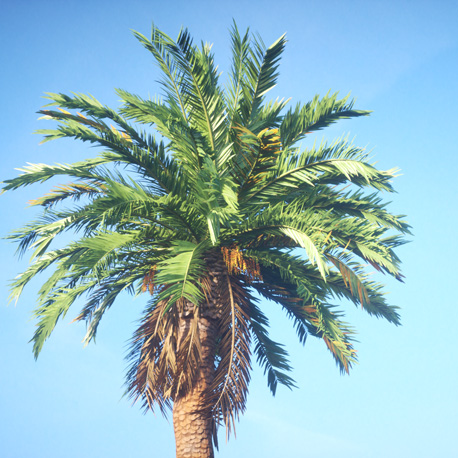
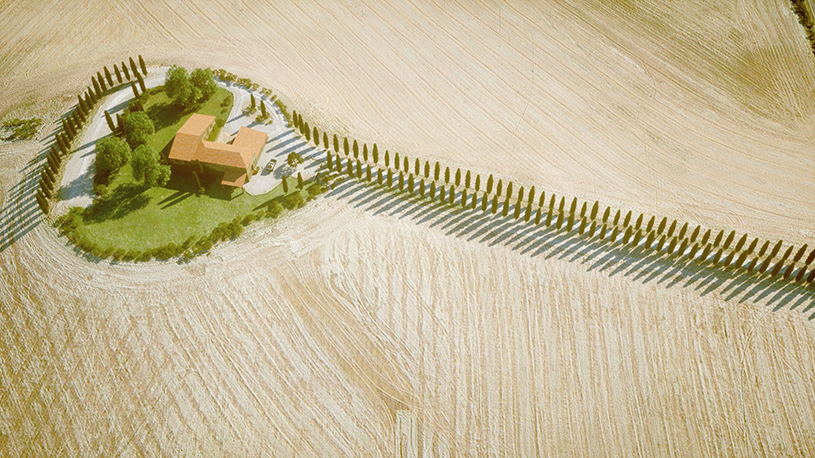
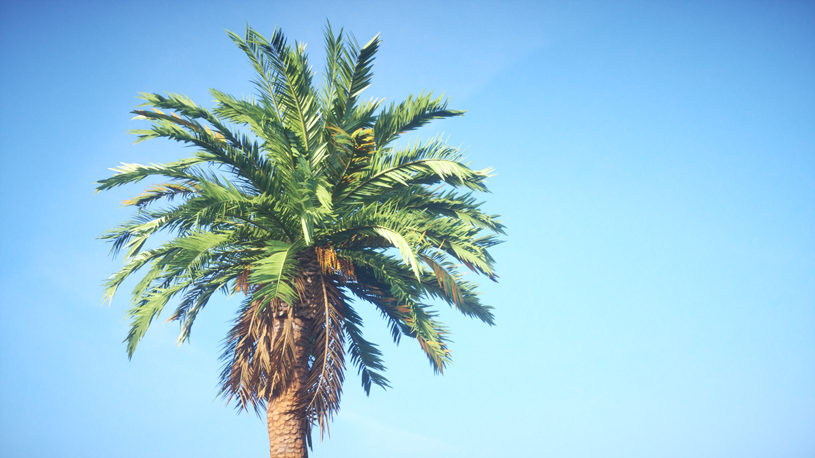
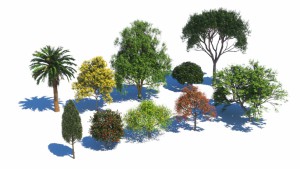
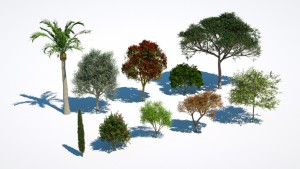
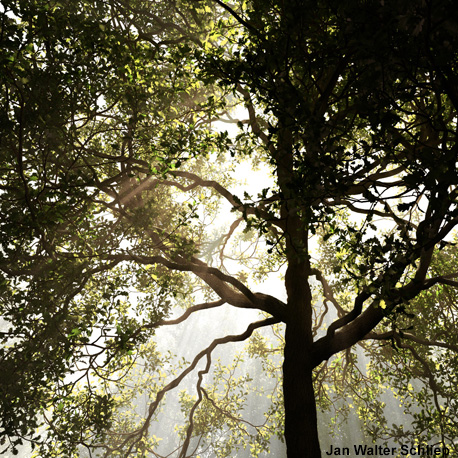

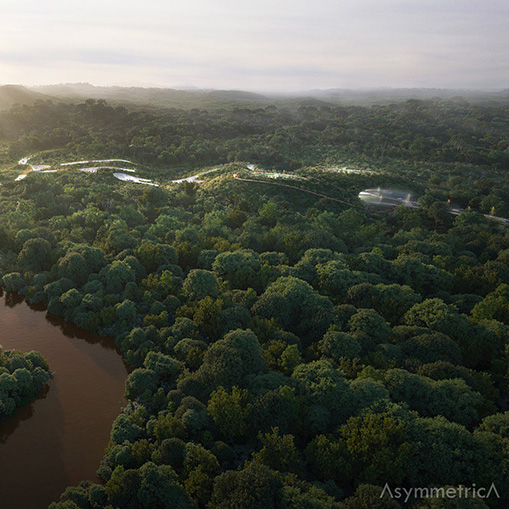
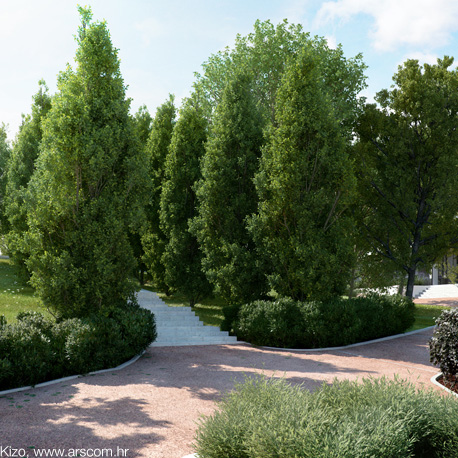
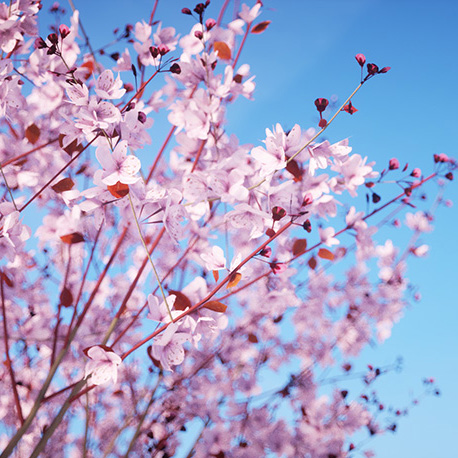
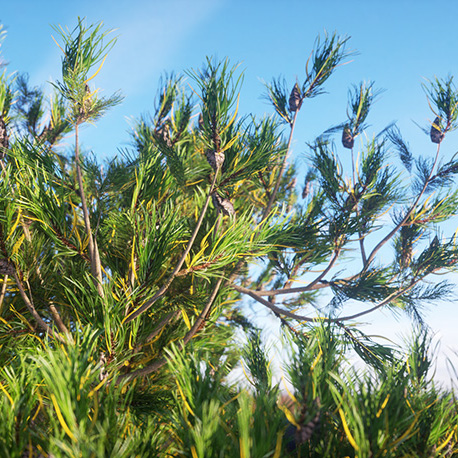




Reviews
There are no reviews yet.